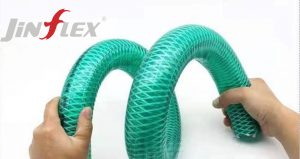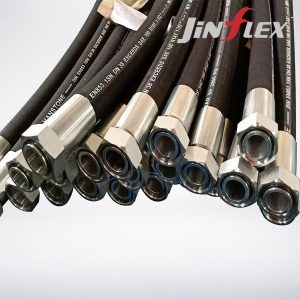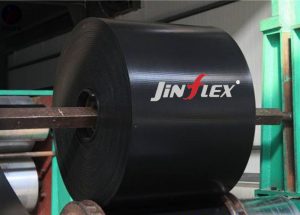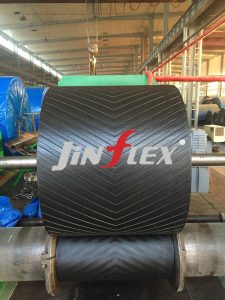In busy industry and daily life, pipelines are everywhere. They are like the blood vessels of the city, transporting various important materials for our lives. Among them, fuel pipes and fiber braided water pipes are two common pipe types, each playing an important role in specific fields. Today, we will discuss the differences between these two pipelines.

As an indispensable part of vehicles such as automobiles, the fuel pipe’s main responsibility is to transport fuel from the fuel tank to the engine to ensure the normal operation of the engine. Fuel pipes need to have excellent fuel resistance, high temperature resistance, low temperature resistance and other properties to cope with complex operating environments. In addition, the sealing of the fuel pipe is also one of its important indicators. Any small leakage may affect the performance and even safety of the engine.

Fiber braided water pipes, with their unique materials and craftsmanship, shine in fields such as water supply and petrochemical industry. This kind of water pipe is woven from high-strength synthetic fiber, which is not only corrosion-resistant and high-temperature resistant, but also has excellent impact resistance. This allows fiber braided water pipes to operate stably for a long time in harsh environments, providing a stable and reliable water source for industrial production.
From the material point of view, fuel pipes are usually made of metal or rubber to ensure their strength and sealing; while fiber braided water pipes are made of high-strength synthetic fibers and pay more attention to corrosion resistance and high temperature resistance. From the perspective of application fields, fuel pipes are mainly used for fuel transportation in vehicles such as automobiles; fiber braided water pipes are widely used in water supply, petrochemical and other fields.
In short, fuel pipes and fiber braided water pipes each have their own unique advantages and applicable fields. When choosing a pipeline, we need to make a reasonable choice based on the specific use environment and needs.


